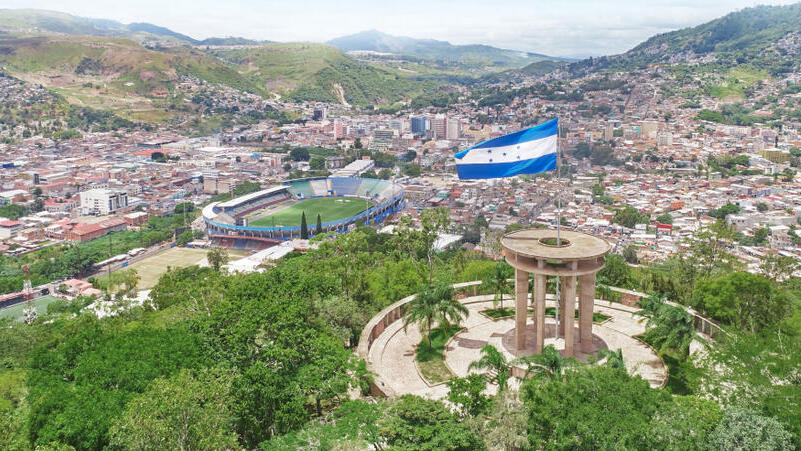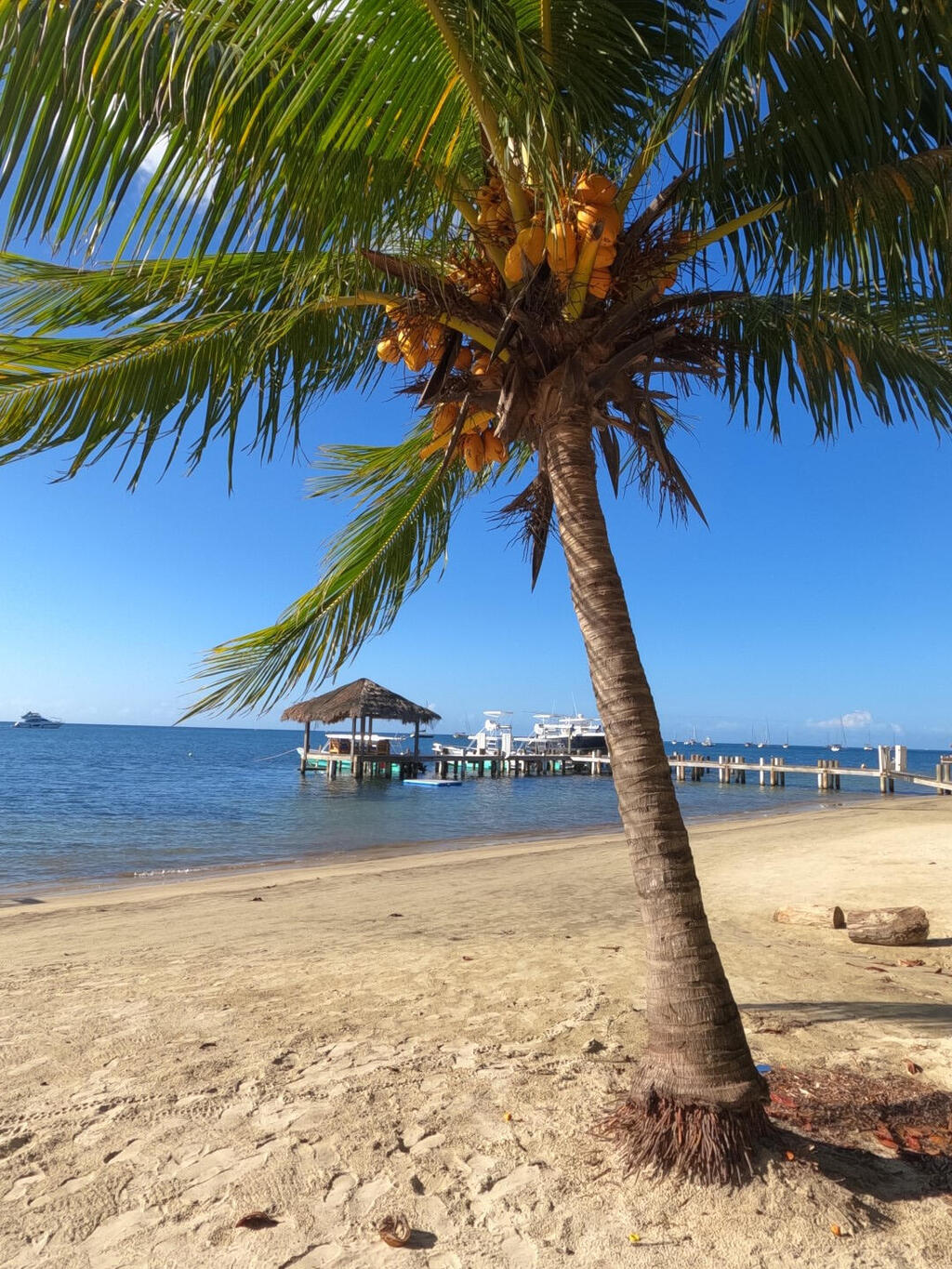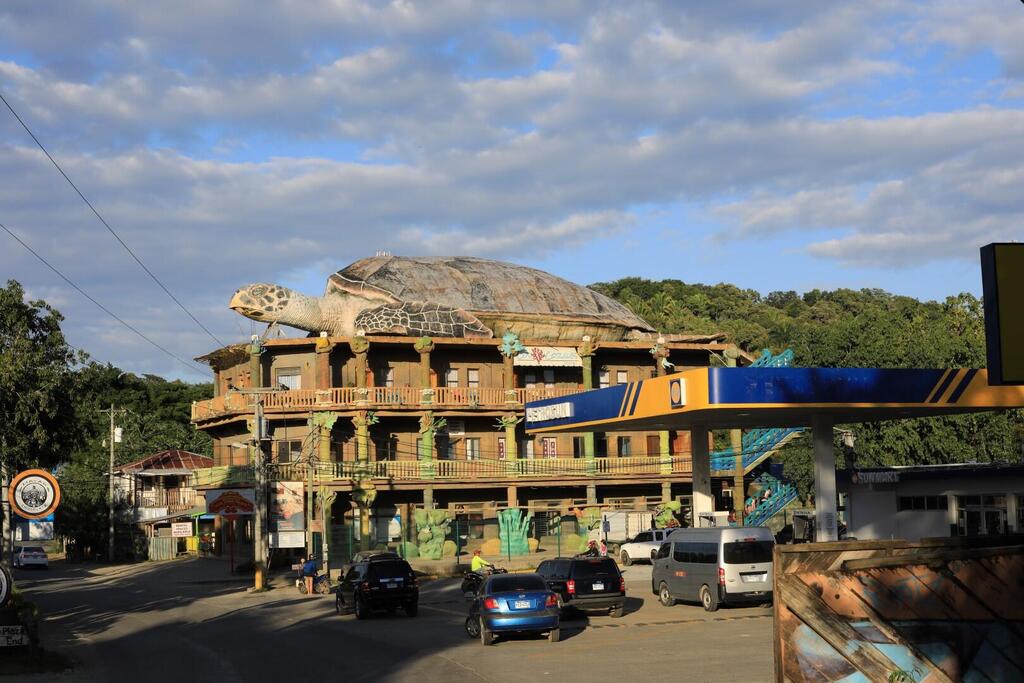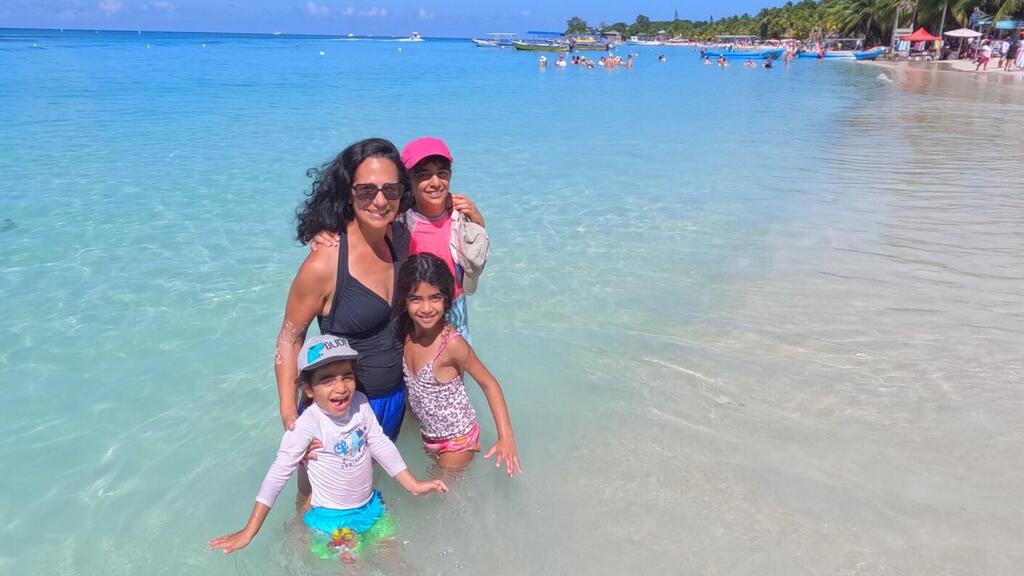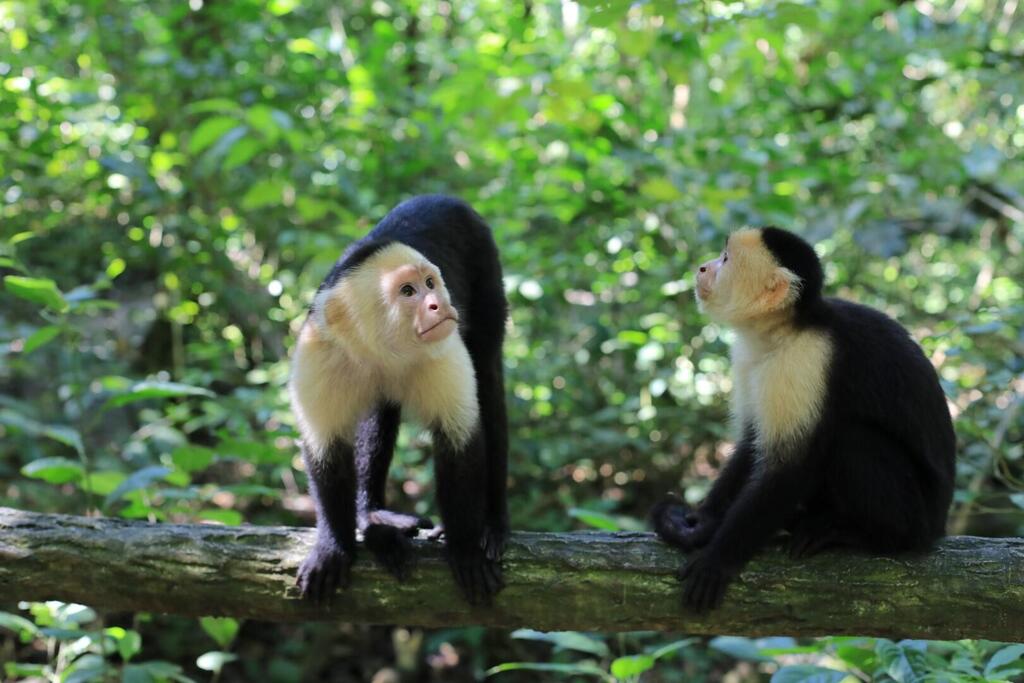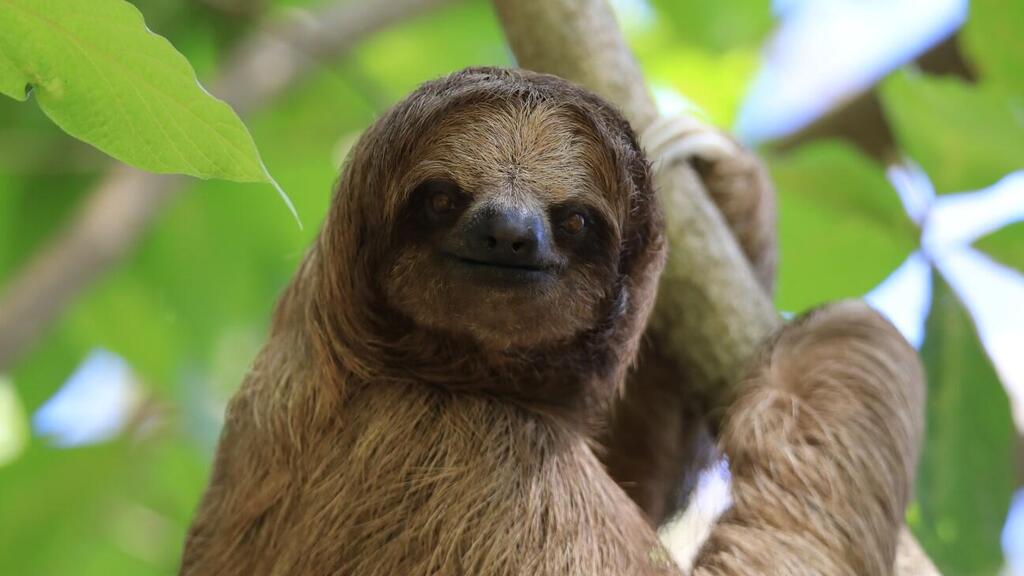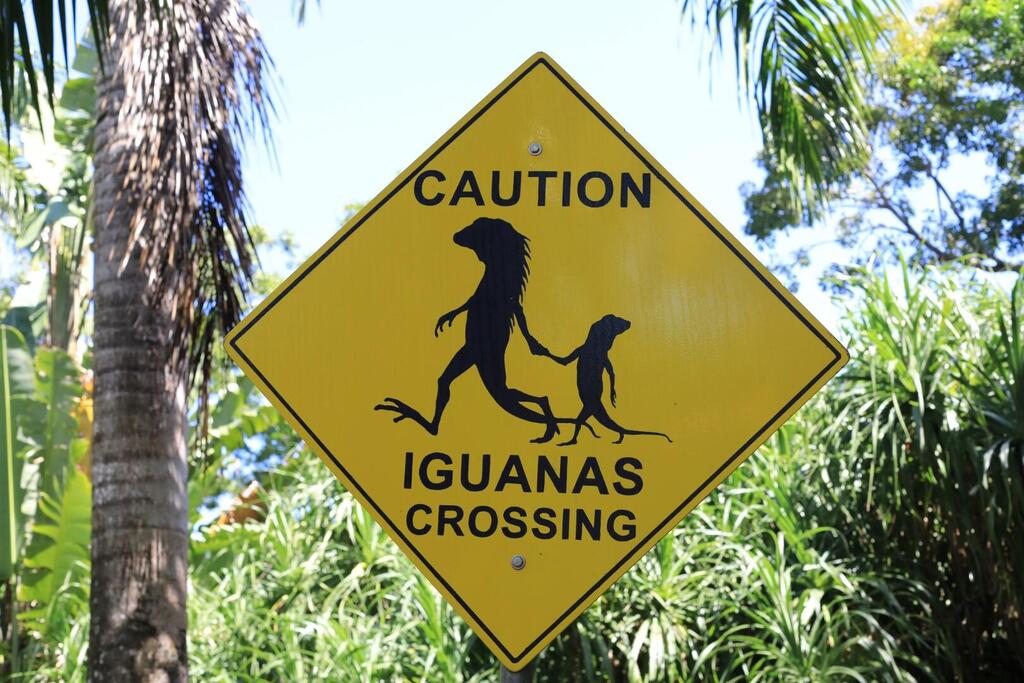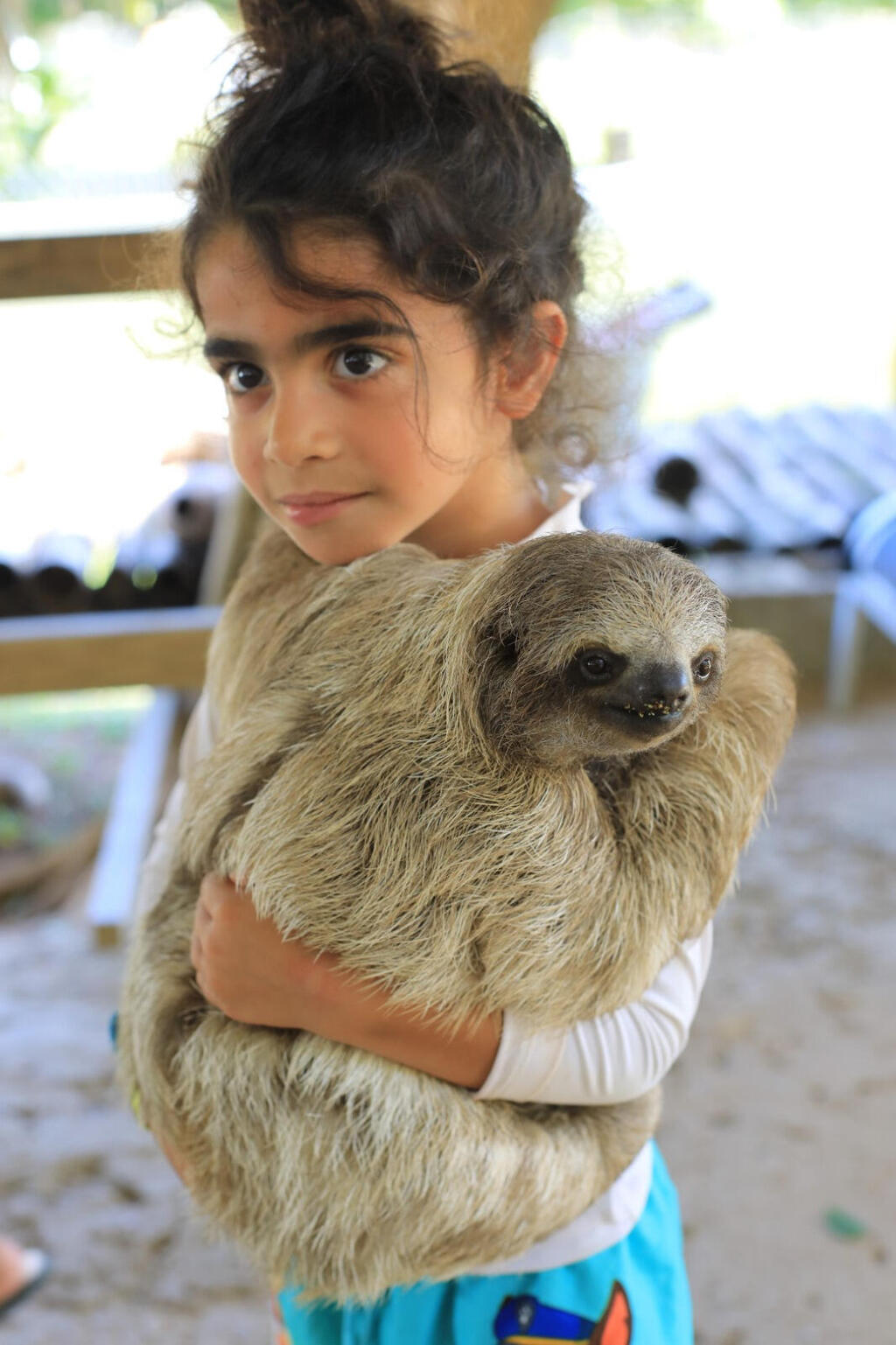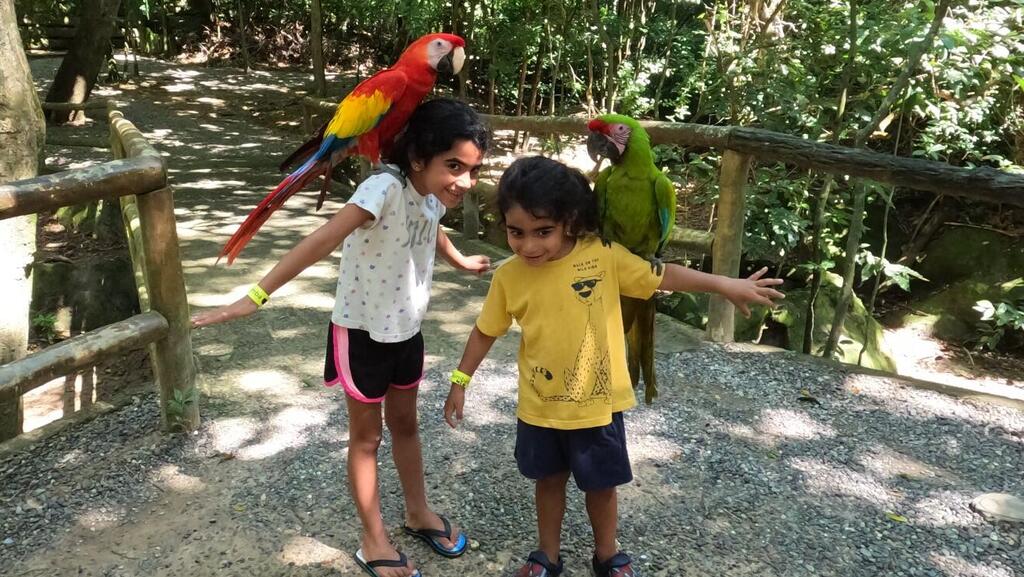If someone had ever told me that one day we would find ourselves, a family of five, stuffed inside a "chicken bus" like sardines in the middle of Honduras, I would have cracked up laughing. But, lo and behold, that's exactly what happened.
En route to Nicaragua, we made our way from the coffee-rich city of Santa Ana in western El Salvador to the coastal resort town of El Tunco, where there's a shuttle via Honduras leaving every day.
After crossing the border to Honduras, where we were tested for COVID. The authorities explained to us that due to very recent changes, entering Nicaragua with professional camera gear and camera-mounted drones was now strictly forbidden.
They told us that body and luggage searches are extremely thorough and that bribery is sometimes involved.
In light of all that, we had a change about continuing our trip to Nicaragua. We decided to stay at the Honduras border and find a flight to Costa Rica. The shuttle driver dropped us off in San Lorenzo, on the southern tip of the country, away from tourist trails.
We disembarked on a side road, in a foreign land with no local currency, full of questions and apprehensions. There were no hotels or hostels around, and after an hour of cab drivers refusing to take all five of us (plus luggage) in, we had found someone who drove us 19 miles to the 190,000-strong town of Choluteca, where we were able to book a hotel.
The next day was all about local bureaucracies and getting some lampiras (local currency) in our pockets. The thing is, you need to get inside the bank to do that, and there's a mandatory mask policy, which we didn't have. The guard at the entrance saw how despondent we were from all of that, and bought us masks from a nearby stand.
We then found a bus terminal and got back to the hotel, preparing for the flight that would take us to Tegucigalpa, the county's capital. Unfortunately, the sim card we bought in Guatemala ran out, so did not have internet. At least for the time being.
After we landed in Tegucigalpa, we found ourselves sprinting like crazy people for four blocks, luggage and all, toward the bus that would take us to San Pedro Sula. From there, yet another four-hour flight to another airport, from which we could finally fly to Costa Rica.
Despite being four times the size of Israel, Honduras' population is only 10 million people. It's bordered on the west by the Pacific Ocean and on the east by the Caribbean Sea. There are constant roadblocks, where you have to get off the bus every time for another luggage and document check.
With a weary look on their faces, the officers would ask us what we were doing here. We would give them a satisfactory answer, then we get on the bus ... until the next checkpoint.
Most tourists traveling in Central America prefer to skip Honduras. Its economy is weak, with 60% of the population living below the poverty line. It's often referred to as a "Banana Republic," literally and figuratively, since many locals make a living selling the delicious fruit.
It's also known for being corrupt, extremely violent, politically unstable and prone to using its military to stage coups.
Our second day in Honduras ended with a cab that took us to our hotel in San Pedro Sula. In the morning, we decided that on our way to Costa Rica, we'd first make a small detour to the island of Roatán, just north of mainland Honduras.
Roatán is a tropical island with plenty of beautiful greenery. Coconut trees, bananas, sugarcanes and mangrove trees. Come evening, we gazed at the full moon. Luckily, most locals in the 37-mile long island of 100,000 inhabitants speak English. The island was actually called the British Honduras at one point, having been under the British rule for many years.
Interestingly enough, this island was once known as a Pirate haven. French and Dutch pirates actually lurked Spanish ships with the hope of running off with their spoils. The city of Coxen Hole, the largest on the island, is named after John Coxon, a late-seventeenth-century buccaneer who terrorized the Spanish Main.
We spent the night in the Los Corales hotel, a simple-yet-charming establishment on the western edge of the island. To reach it, just ask the cab driver to take you to the hotel with the giant turtle on it. He'll know.
Honduras is a word that means depths, given to the country by legendary explorer Christopher Columbus. Hence, we decided to enjoy the deep, clear blue waters of the Caribbean. Sandy white beaches, coral reefs and plenty of scuba diving opportunities for the eager tourist.
The kids had a blast at Gumalimba Park, offering interactive animal attractions as well as a swimming pool, gardens and play areas. The botanical park has hundreds of tree and plant species, as well as small waterfalls and picturesque bridges stationed above a turtle pond.
It was there that we encountered the national bird of Honduras, the colorful Macaw parrot. They tend to fly in pairs and make raven-like vocalizations, so they're easy to spot. They also appear on the 200-lampira note.
They can live upwards of 80 years and have a powerful beak that can crush nuts. They're also intelligent, often trained to alert villagers of unwanted elements.
We also came across armadillos, capuchin monkeys and sloths. On the reptilian front, iguanas were plentiful, now that hunting them has been finally outlawed.
On our way to the airport to come back to the Holy Land, a cab driver named Juarez was so excited to hear that we were from Israel, that he called his wife to let her know we were in his cab.
He asked us if Israel is where you can place notes in a holy wall. "Sure, it's in Jerusalem," I said, telling him I'd take his note and put it there, but it could take a while.
"It's okay, I got time," he said.
Einav Barzany is a photographer, traveler, aerodynamics engineer and wildlife lecturer


